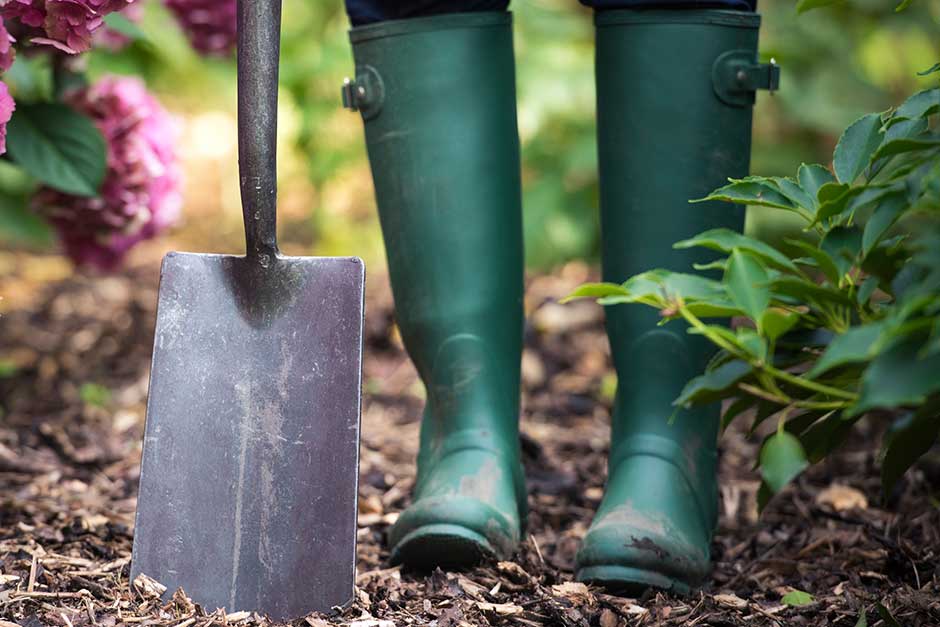
Introducing...
Biennial foxgloves
Botanical name: Digitalis
Often seen in woodlands and hedgerows, the common foxglove (Digitalis purpurea) is one of our most spectacular native wildflowers. Over time, many variations and colour strains have been developed from this parent plant. They are a magnet for bumblebees and are ideal for growing in wildlife and cottage gardens.
Looks
A rosette of oval, downy leaves develops in the first year of growth, then in the following spring a single spire of blooms grows up from the centre. This tall spire is clad in tubular flowers in a choice of purples, pinks, primrose yellow, cream or white.
Likes
Biennial foxgloves are tolerant of most soil types but prefer plenty of organic matter and well-drained conditions. They like light dappled shade or a spot at the edge of a shady border.
Dislikes
Very dry soil or full sun may result in stunted growth. Deep shade will also affect the size of the flower spike and its vigour. Avoid planting in very exposed sites, as the tall flower spikes may get damaged.
Did you know?
Handle foxgloves with care, as all parts of this plant are toxic. Bumblebees aren’t affected though and love collecting pollen and nectar from them!
Growing guide

How to grow foxgloves
All the information you’ll need to grow and care for foxgloves in your garden
Get involved
The Royal Horticultural Society is the UK’s leading gardening charity. We aim to enrich everyone’s life through plants, and make the UK a greener and more beautiful place.